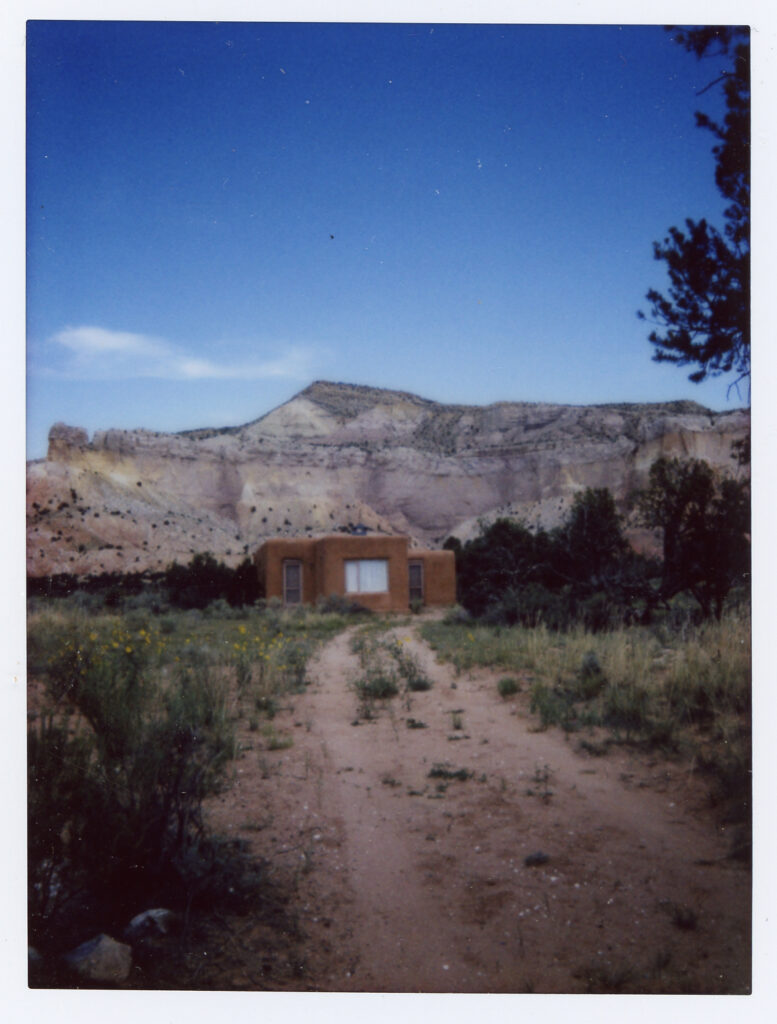
Ghost Ranch, 2019. Fuji Instax photographs taken by Josephine Halvorson in and around Georgia O’Keeffe’s houses, New Mexico, 2019–2020.
There’s a certain weather-beaten tree stump at Ghost Ranch—the U-shaped, adobelike home once occupied by the famed American Modernist painter Georgia O’Keeffe—where Josephine Halvorson, the first artist-in-residence at Santa Fe’s Georgia O’Keeffe Museum, often took breaks from her own work. It offered her a clear view of Cerro Pedernal, the narrow New Mexican mesa that appears in many of O’Keeffe’s desert paintings, and where the artist’s ashes are scattered. From here Halvorson could observe weather patterns forming around the mesa’s caprock, circling the top and then sweeping theatrically down its cliff face, racing across the plain toward her.
Halvorson makes paintings on-site, in proximity to the objects she hopes to commemorate, and the museum offered her access to a rich archive of letters, clothing, books, as well as O’Keeffe’s two homes, Ghost Ranch and nearby Abiquiú. Halvorson spent two months there: one in the summer of 2019 and another a year later, during the pandemic.
“It was through the sense of quiet and closeness that I connected with her things,” Halvorson recalls. “The museum registrar would open a cabinet or put the group of keys out on the table for me. No one who visited me was permitted to come into the house, so it was really just me there alone, working every day from dawn till dusk.” In Abiquiú, Halvorson made intimate acrylic gouache paintings of the tree stump, a curious grouping of tagged keys, and the interior of a kitchen cupboard stacked with O’Keeffe’s dishes. Wishing to manifest a sense of place, she used the same close crops to capture a National Forest sign complete with target practice holes, as well as an abandoned pile of kindling that she conceived as a memorial to her father, whose loss she was grieving—he had passed from coronavirus that year. Her still lifes are all framed by wide, chalky-colored “surrounds” that draw on the dusty hues of the area. Halvorson regards these as visual “buffer zones” between the object in situ and the white gallery wall. Each has a surface made rough by small rocks, which Halvorson collected on the property and then ground up to be preserved in paint as a geological account of the place and time. “The rocks represent a much deeper past than what I’m able to paint in real time,” she explains. The result is a series of paintings, eleven in all, that read like tightly framed long-exposure snapshots. The greatest challenge, Halvorson said, was “to make art that isn’t about O’Keeffe, but is instead in relation to her.”
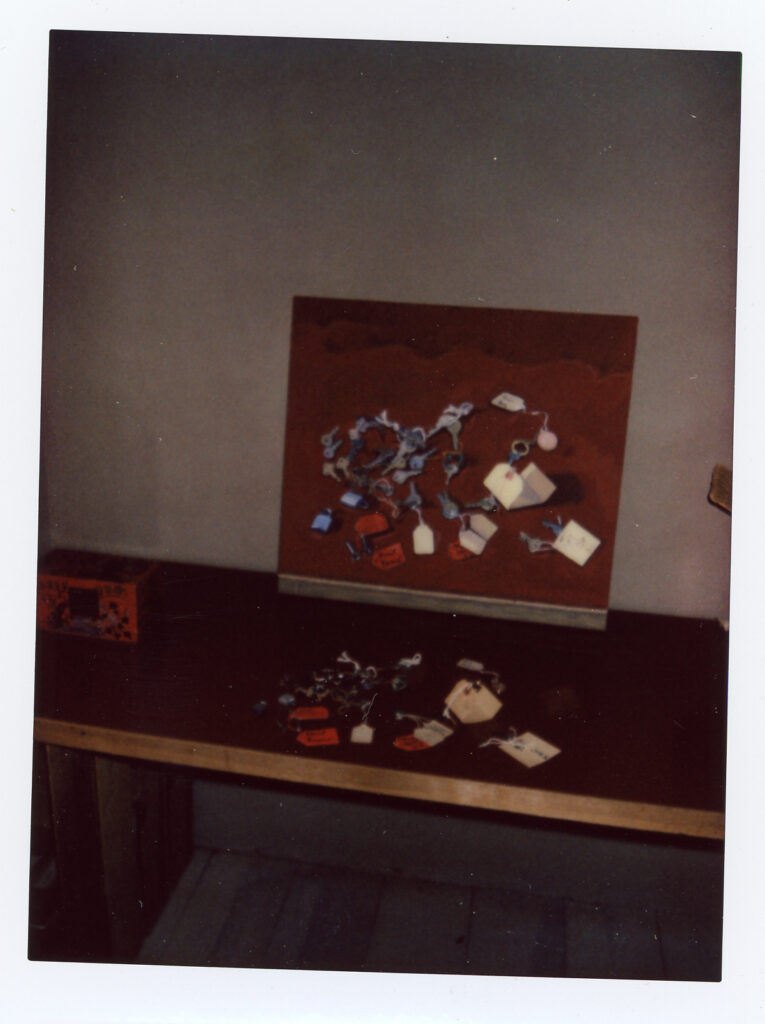
Painting O’Keeffe’s Keys, Ghost Ranch, 2019.
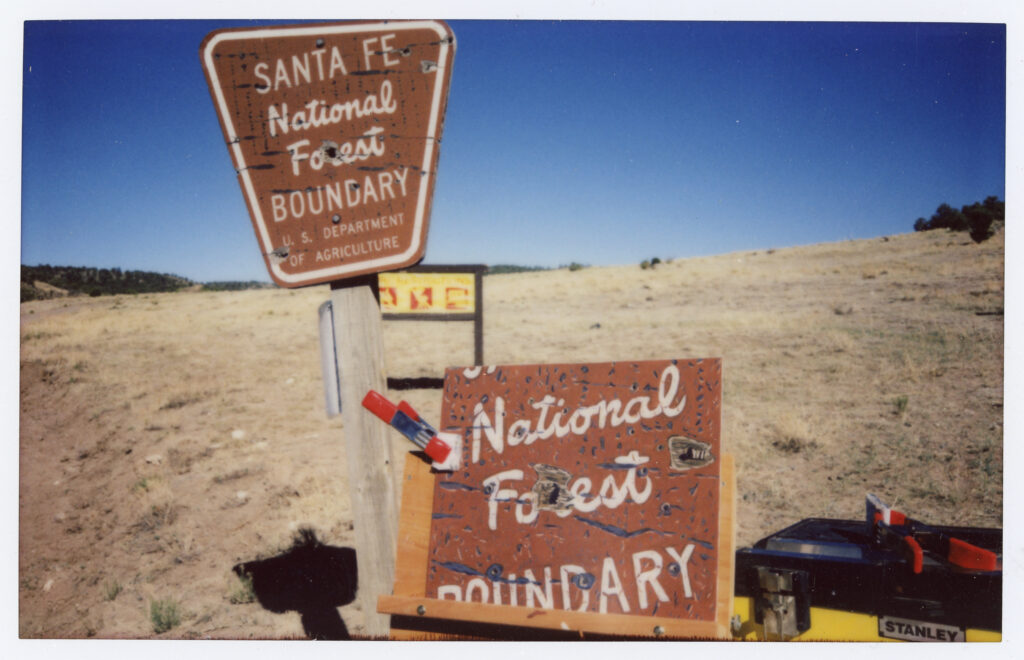
Painting National Forest Boundary Sign, near Abiquiú, New Mexico, 2020.
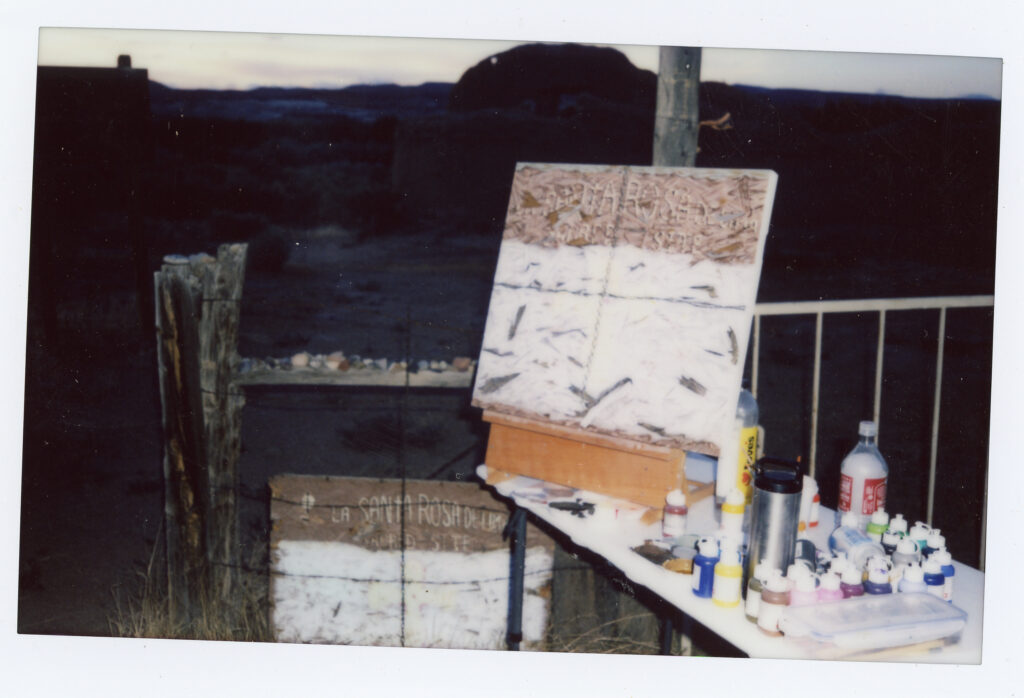
Painting Sacred Site, near Abiquiú, New Mexico, 2020.
Contemporary Voices: Josephine Halvorson opens to the public on October 1 and runs through March 28, 2022.
Charlotte Strick is a principal at the award-winning, multidisciplinary, Brooklyn-based design firm, Strick&Williams. Her writings on art and design have appeared in The Atlantic, HuffPost, and The Paris Review, where she was the magazine’s art editor and designer from 2010–2021.
from The Paris Review https://ift.tt/3uLK48H
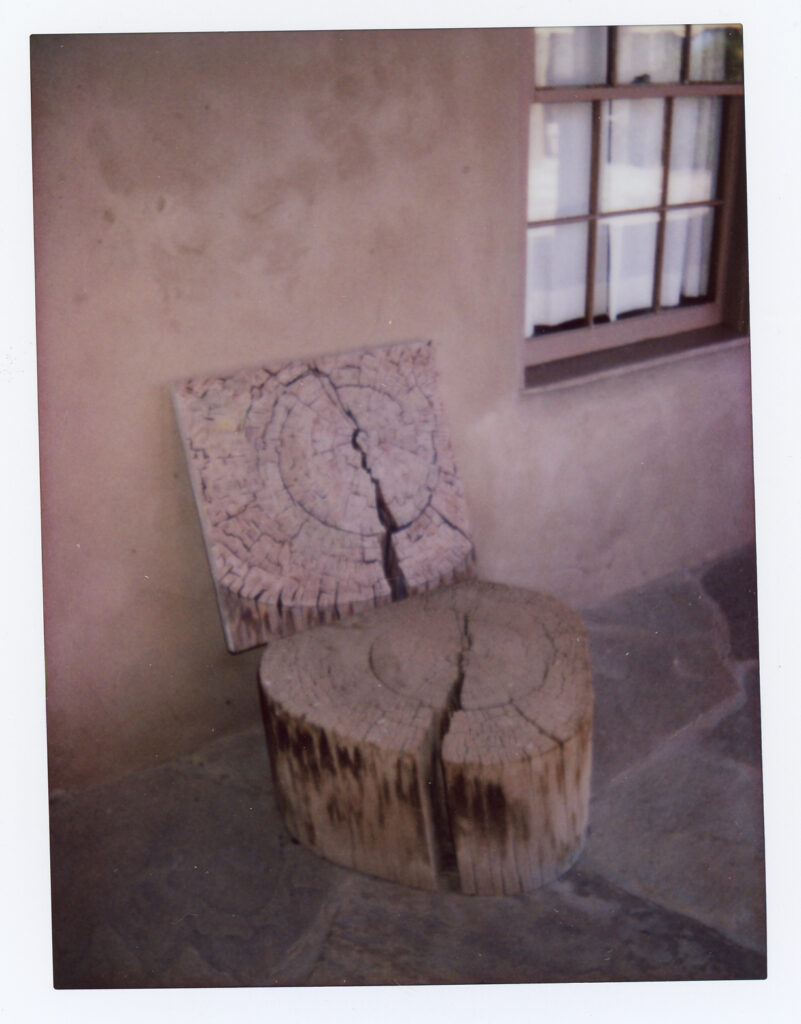
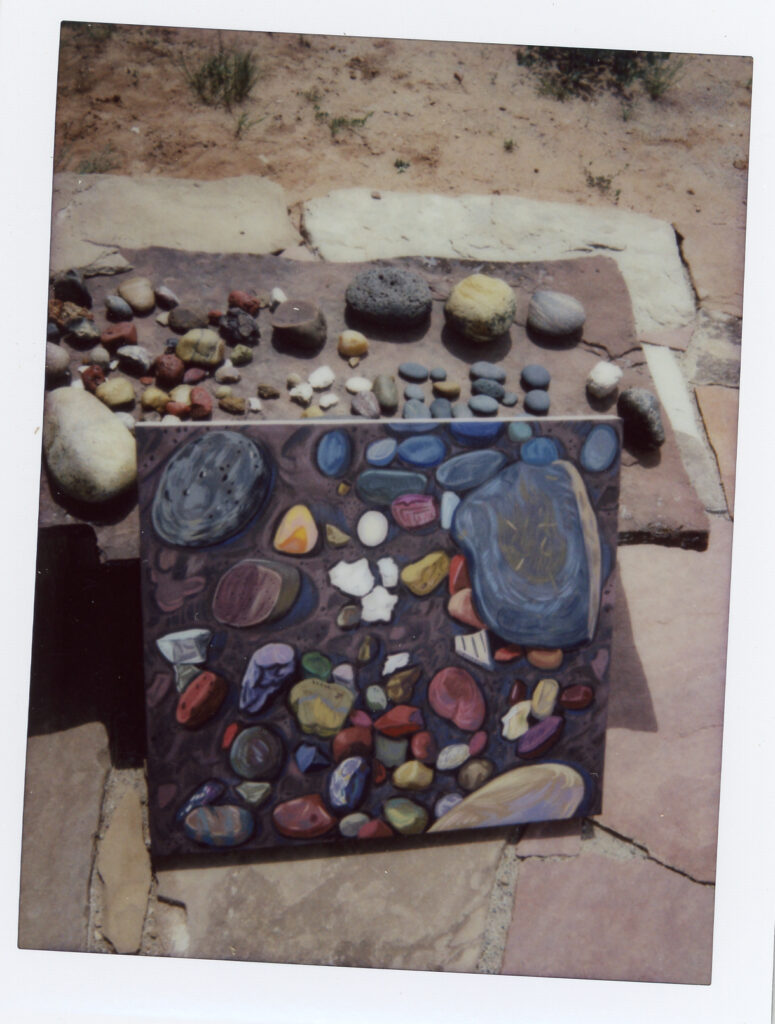
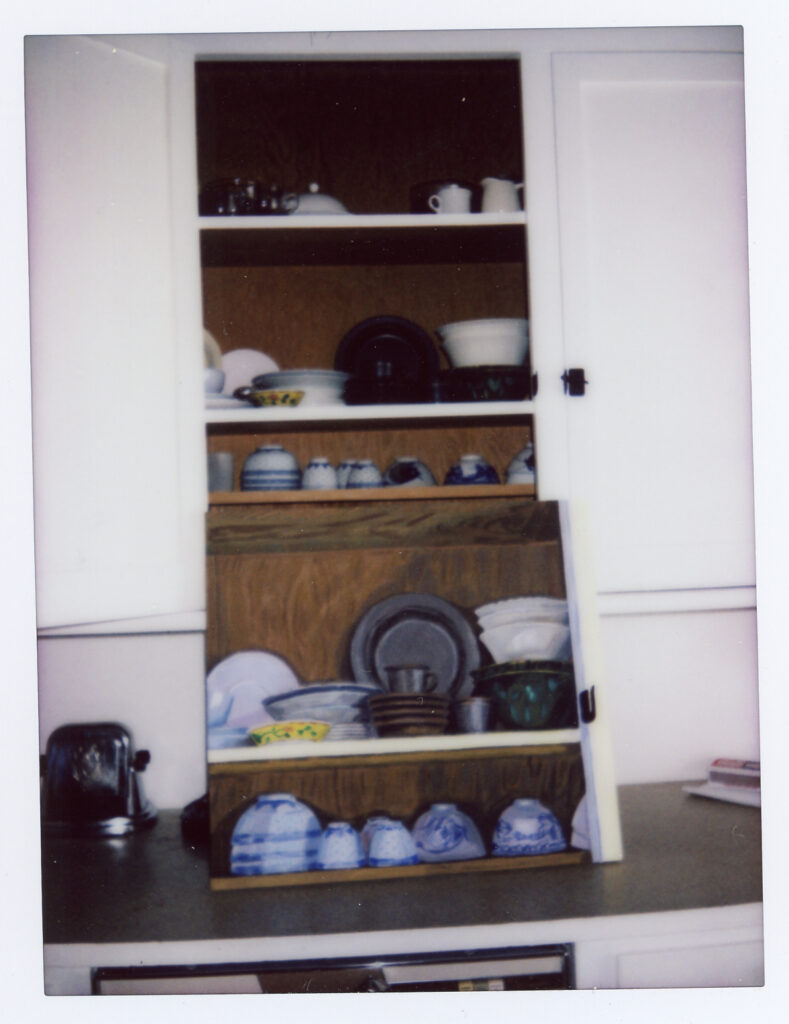
Comments
Post a Comment